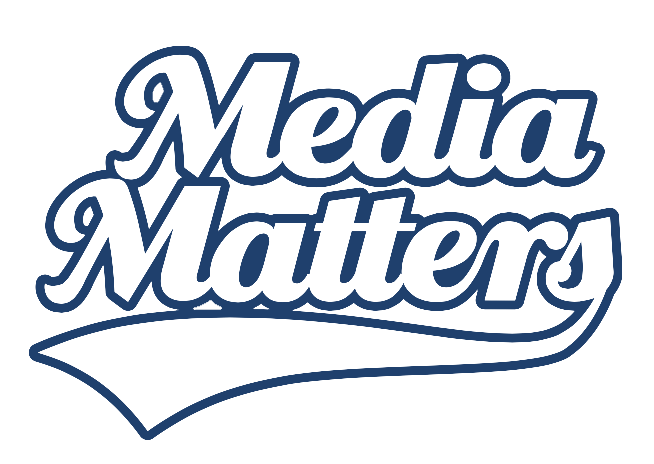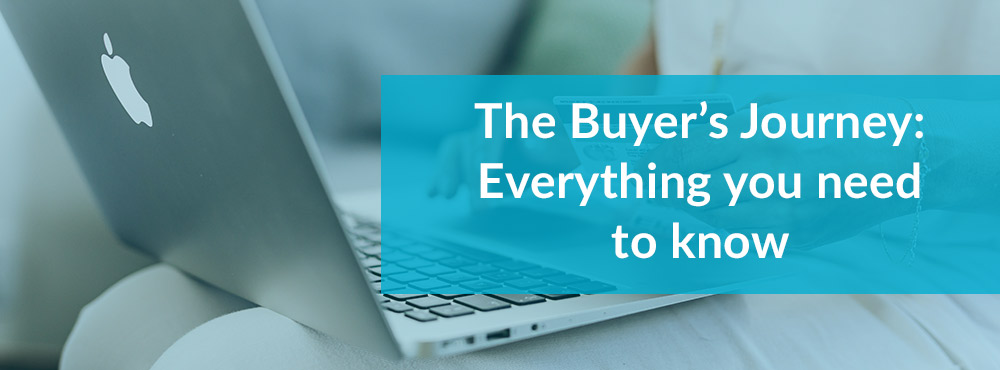As consumers, we make decisions every day about where we want to spend our money, what we think will add value to or enrich our lives and what is worth our hard-earned cash.
Some decisions may take longer than others – purchasing a kettle or new pair of jeans will likely be substantially quicker than purchasing a car, holiday and even a new house.
The same is true when someone is making a purchasing decision in a professional manner; be that on behalf of the company for which they work or for their own business.
Understand the buyer journey; steps, psychology, and outcomes
The typical buyer journey consists of three key stages.
These are:
As a consumer or potential client/customer moves further along the buying process, it’s likely they’ll narrow down the number of products or services they are considering. At each phase they will do more research into their options, looking deeper at how the potential product or service fits their needs or solves their problems.
Considered marketing and presenting key messages to potential customers at the right time during their buyer journey is key. Inbound marketing plays a big part in attracting customers by creating valuable content and experiences that are unique and tailored to them. Using specific types of content at each stage of the buyer journey can maximise exposure and help turn interest into a lead.
So how can you maximise your reach and engagement with your target audience and encourage them to consider, and ultimately choose, you and your company throughout the buyer’s process?
Let’s look at each stage in a little more detail…
The Awareness Stage of the buyer’s journey
The awareness stage of the buyer’s journey involves them realising they are experiencing a problem or need but not having all the information or knowledge to understand exactly what that need is.
During the awareness phase we need to consider:
- How buyers describe their goals or challenges.
- How they educate themselves on these goals or challenges.
- The consequences for the buyers if they do not act on their requirements.
And, - How buyers decide whether the goal or challenge is a priority for them or not.
It may be that, during the Awareness Stage, a buyer has a clear understanding of the product or service in which they need to invest to reach their goal or overcome their challenge. On the other hand, they may be in the dark about how they can make the changes to reach their goals.
Marketing should address both scenarios.
During the Awareness Stage of the buyer journey there is a variety of content that can be utilised in order to present the relevant information that the buyer is searching for.
This includes:
- Blogs – a great way to use long-form content and present information about a certain topic, challenge or solution to present your company as a leader in its industry.
- Videos – video content is loved by the algorithms on Facebook and Instagram and they’re a great way to get numerous, complex messages across in a single content piece. What’s more, it’s great for adding authenticity to your posts, especially if you include your team or happy customers in videos.
- Social media – being where your customers are is so important and it seems that everyone is now on social media. Whether you choose Facebook or LinkedIn, Tik Tok or Twitter – sharing blogs, videos, insights guides and industry insights on social, as well as your company’s more personable and social side, being present on key platforms is a great way to communicate messages to potential customers.
- Infographics – infographics are a great way to present statistics from research, surveys or industry information, but they can also be used to showcase qualitative data, too.
- Quizzes/surveys – these are great for some extra insight into what buyers are looking for and to establish the state of the nation when it comes to certain challenges or requirements within an industry.
- Thought leadership articles – this long-form content type takes an essay-like approach to a specific topic or theme within an industry. They’re ideal to be used as a lead magnet, to be shared with industry publications or websites and to establish your company as market leaders ahead of the curve.
The Consideration Stage of the buyer’s journey
During the Consideration Stage of the buyer’s journey, the buyer starts to research more about what they are looking for to establish their options and how these will best help them meet their goals.
When we are looking at the consideration phase, we must consider:
- How do buyers investigate a solution?
- What steps do buyers take to educate themselves on the various categories, products or services available to them?
- How do buyers weigh up the pros and cons of each product or service available to them?
- How, when and why do buyers settle on choosing the solution that is right for them?
The Consideration Stage of the buyer journey may be thought of as the ‘window shopping’ stage. Visiting websites, reading reviews, doing in-depth product research and weighing up each product or service’s USPs.
During this stage, it’s important to keep interested prospects engaged and to further inform them on your products or services.
The type of content you might choose to put in front of prospective customers in the consideration stage of the buyer journey includes:
- Newsletters – share company updates, industry news and exclusive offers or discounts with an email list who have shown initial interest in your product or service.
- Whitepapers – share your industry knowledge and insight with long form content that helps the buyer understand issues or topics within your industry. Pull on experts within the industry, using quotes and stats to present how your product or service elevates the buyer’s position or overcomes their challenges.
- Events – online or offline, events are a great networking opportunity and a good way to get in front of prospects during the consideration phase of the buyer journey.
- Webinars – webinars have been a popular marketing tool in recent years, but the 2020 pandemic has propelled them to the top of the list as a solid substitute for in-person events.
- Community forums – specific groups on LinkedIn, Facebook or industry websites can offer a platform to increase brand visibility, share expertise, and connect with potential customers whilst adding value when someone is seeking information or asking a question around a particular topic. It is a great way to establish yourself (as well as your team and business) as helpful experts.
These content pieces move prospects further down the purchase journey and put you in a strong position to move leads into the final Decision Stage of the buyer journey.
The Decision Stage of the buyer’s journey
By the Decision Stage of the buyer journey, the buyer will have already narrowed down their solution options. They will have a pretty good idea of the product or service they need to overcome their problem or help them achieve their goal.
At this stage, most buyers will be looking for the best solution, within their budget. To decipher this, they may make a list of pros and cons of each offering within their final category offerings.
This will change on whether it is a B2B or B2C offering. A B2B decision will likely focus heavily on what is suitable for a company’s particular needs with an emphasis on return on investment.
When we talk about the Decision Stage in marketing we should be considering:
- The criteria buyers use to evaluate the offerings they’re considering.
- What do people like about your company’s offering compared to others?
- The people involved in the decision. How many hoops does the buyer need to jump through to get their purchase signed off?
- Do purchasers want to try the offering before they commit? Should there be a trial period?
- Are there training requirements or an implementation period that also needs to be considered?
Marketing departments can help address these questions with a range of supporting content. This includes:
- Product/service checklists – by covering all the things your product or service covers – and highlighting any that set you apart from the competition – is key to adding value to the decision stage of the buyer journey.
- Pricing/Price guides – only once a buyer has all the information they need can they decide on their supplier. Cost is key here, so providing these figures and being transparent can put you in a good position.
- Case studies – whether they are related to the industry or not, how your product or service has helped a customer overcome a challenge or help them meet a goal is key to showcasing your products and can be a deciding factor in winning new business. You can even try a video case study for extra impact!
- Ratings and reviews – like case studies, good reviews and feedback from genuine customers can make or break a final decision going your way. They’re so integral to how decisions are made that whole companies now exist for this (Trust Pilot, TripAdvisor, Feefo, Google Reviews).
- Online demos – particularly useful for software and tech companies, this shows the buyer how the product works, allows them to ask any questions and provides an opportunity to tailor the demo to them and their needs.
- Trial periods – these can prove to be very beneficial in supporting the Decision Stage, particularly in the technology and software sector. Offering these helps delight the customer and provides them with a fantastic experience.
Hubspot’s flywheel emphasises the important of customer service and experience; this starts from the very moment a potential customer touches your company – not only once they’ve signed on the dotted line! Delighting the customer throughout the buying process, and beyond, ensures a maximum lifetime value for your business and a fantastic return on initial marketing or sales enablement investment.
Getting the touch points right when it comes to the buyer journey is key to successfully converting leads and keeping a healthy pipeline.
Are you looking to convert more of the buyers during their decision-making process? The team at Media Matters has expertise when it comes to putting the right content in front of the right people at the right time to help maximise exposure and awareness of our clients’ products or services.
If you think we could help you or want some insight into how to increase the impact of your marketing, get in touch with us today.





